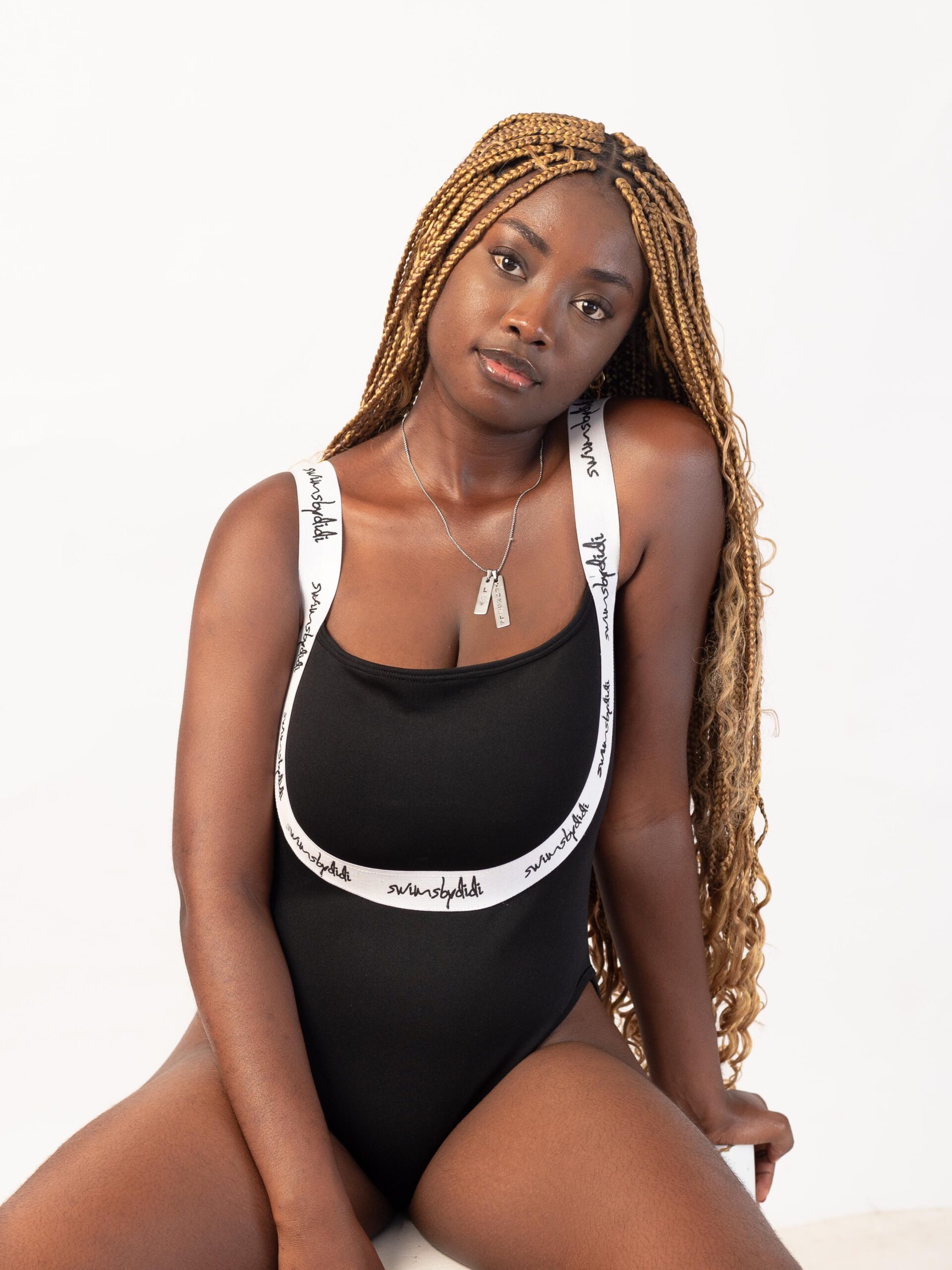Boobs, often overlooked in their significance, take the spotlight this October. It’s a dedicated month to raise awareness about breast health, particularly breast cancer.
Did you know that breast cancer is the second most common cancer among women? Alarmingly, Black women have higher mortality rates due to breast cancer compared to White women, as per research by the American Cancer Society.

The role that breasts play in society cannot be overstated. They provide nourishment to infants and, well, let’s just say they offer benefits to men, which won’t be today’s focus.
Let’s explore the importance of saving our ‘twins.’
 Understanding Breast Cancer.
Understanding Breast Cancer.
Breast cancer is when the cells in the breast multiply uncontrollably. It can take different forms depending on which breast cells become cancerous.
Breast cancer can affect various parts of the breast: lobules, ducts, and connective tissue. Most often, it starts in the ducts or lobules.
The most common types are invasive ductal carcinoma and invasive lobular carcinoma. These cancers can spread to other parts of the body.
 Recognizing the Signs.
Recognizing the Signs.
If you’re concerned about breast health, watch for these signs:
– New lump in the breast or underarm.
– Swelling of part of the breast.
– Skin irritation.
– Redness or flaky skin in the nipple area or breast.
– Nipple pain or discharge (other than breastmilk).
– Changes in breast shape or size.
– Breast pain.
Note, these symptoms might not always indicate cancer, but it’s crucial to consult your doctor if you notice any changes.
Risk Factors and Prevention.
While some factors, like aging and genetics, are beyond control, there are steps you can take to reduce your risk:
– Stay physically active.
– Maintain a healthy diet.
– Avoid smoking.
– If possible, breastfeed your child.
– Limit alcohol intake.
 Breast Cancer Treatment.
Breast Cancer Treatment.
Treatment depends on the type and stage of breast cancer and may involve surgery, chemotherapy, hormonal therapy, biological therapy, and radiation therapy.
Breast Cancer in Men.
Although rare, men can also develop breast cancer. Look out for symptoms such as lumps, redness, skin changes, nipple discharge, or pain.
 Conclusion.
Conclusion.
Breast health is paramount. Don’t wait until it’s too late to seek professional medical assistance. Boobs truly deserve salvation, and it’s our responsibility to ensure their well-being.

